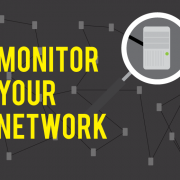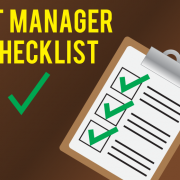What You Need to Know About IPv6 Address Blocks
There is no doubt about it: understanding how IPv6 address blocks work is now becoming an increasingly important thing for a vast array of professionals. Indeed, from cloud based data storage providers and the owners of the businesses taking advantage of said cloud based data storage, to the IT and data management specialists on both sides of this equation, it is now becoming vital to understand what the implementation of IPv6 address blocks are going to mean for you and the companies in question, as well as how they work.
The Basics
So, what are the important differences between IPv6 and its predecessor IPv4? Well, first off, IPv6 utilizes a brand-new method when it comes to notation, where colons have replaced dots. In addition to this change, hexadecimals have replaced decimals and have also now expanded to eight groups in total. An example of this sort of address block (in it’s unedited form) would be 6673:07d4:7e52:0000:0000:0000:0000:0001/128
Now, under IPv6, leading zeros can be eliminated, so 07d4 can now be transformed into simply 7d4. In addition to this, adjacent zeros can also be gotten rid of, leaving us with 6673:7d4:7e52::1 with the 1/28 in the first version of the block being a network mask that delineates the host account.
Tunnel Brokers
In understanding the implementation of IPv6 blocks, it is important to know about tunnel brokers. The IPv6 assignment policy qualifies certain companies worthy of receiving an assignment, with the smallest distribution amount being 32, with larger distributions only being possible once the company has maximized its usage of the original distribution. These tunnel brokers become increasingly important to you if your ISP does not give you a whole address block, which often times they will not.
The Final Steps
Okay, so you have gotten your IPv6 block, now what do you do? Well, the next step here is to, either by hand or automatically, set up your IPs. At this point it is imperative that you have iproute2 on your system. After this, it’s time to make sure that your connection is working by pinging your gateway, and after that you must configure the DNS. Last but not least, you will designate the entries for all IPv6 hosts that you will need.
So, there you have it, the basic differences between IPv4 and 6, and the proper way to set up your IPv6 blocks. And, speaking of IPv6, did you know that ROBOBAK’s cloud-based online backup software is now fully integrated with IPv6? Learn more about this by clicking here.








Leave a Reply
Want to join the discussion?Feel free to contribute!